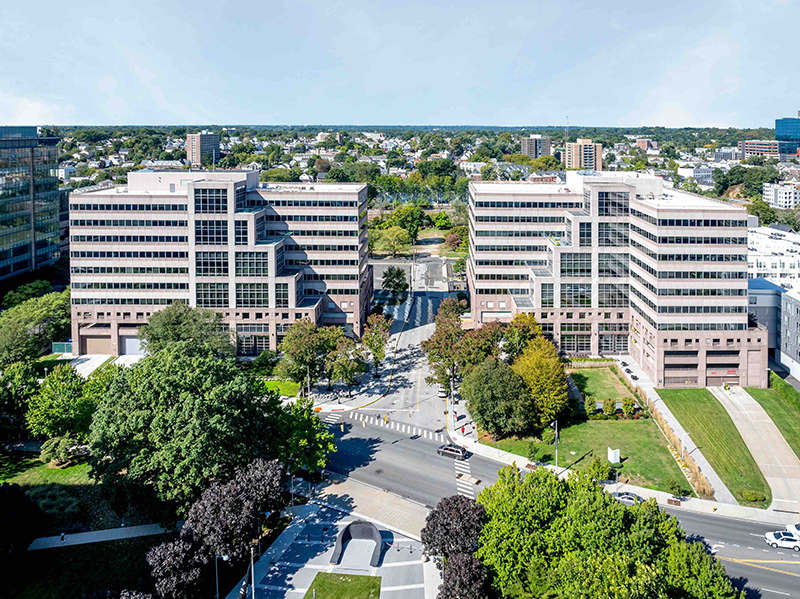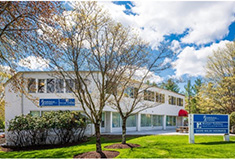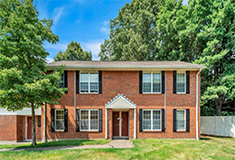News:
Connecticut
Posted: September 18, 2007
Appraising donation of a conservation easement
The Pension Protection Act passed by Congress in August 2006 provided for additional tax incentives for persons making qualified conservation contributions in 2006 and 2007. Most of the contributions are conservation easements, although donations or bargain sales of open space to governmental entities and non-profit conservation groups also qualify. Provisions of the Act allow for a 15 year carry forward period of the excess deduction not used in the year of donation. The deduction can be used to offset up to 50% of the donor's adjusted gross income during the carry forward years. Prior to this, the carry forward period was 5 years with only 30% offset of AGI.
Accompanying these incentives was a tightening of the appraisal reporting requirements. The study which follows was undertaken to address one of the requirements that is to be more diligently enforced, special benefits.
The results of this study will be used in appraising a donation of a conservation easement. It is difficult to find sufficient number of paired sales with which to isolate the effect of open space proximity. Hedonic modeling is undertaken to comply with IRS regulations and protect the donor (and the appraiser!) from IRS questioning of the value of a charitable conservation donation deduction.
U.S. Treasury Regulations specify the methodology to be followed in valuing a conservation easement. In estimating the market value of the property before and after the restrictions, the regulations require the appraiser to account for any special benefits to or value enhancement of contiguous and nearby property owned by the donor and the donor's family. Special benefits are offset against the value of the restriction.
Two recent appraisal assignments involved potential special benefits. A detailed analysis of market conditions for one geographic area is discussed here. The model and results need to be tested for applicability in other areas. This is a summary of a more rigorous study done by the author.
Appraisal Problem
The essence of special benefits is that adjacency to protected open space may have value if a) your property has a view of it, and b) you have access to it. For public-access land both benefits may be present. For privately-owned land both benefits would accrue only to the donor. A close substitute for adjacency to private protected open space could be a location in a developed subdivision with a private backyard. It is unlikely that new development will occur around your property.
Data
The subject property is 450+/- acres located in an undeveloped area of Norwich with encroaching development. Three area towns (Sprague, Ledyard and Salem) had good recent open space maps showing tax parcels. The towns are comparable with Norwich in their proximity to the casinos and highways, level of investor interest in residential development, and land use patterns.
The characteristic of main interest in each sale is adjacency to or view of protected open space. Single family home sales data were obtained from the CT-MLS for 18 months, 1/2006 - 5/2007.1 There were a total of 341 sales, of which 338 are used for analysis. A sale was identified as being contiguous to open space if it was substantially bordered on 2 or more sides by large open space parcels, or was located in a neighborhood of mostly protected land.
The average house that sold over the 18 month time period was a 3 bedroom, 2 bath, 2,010 s/f colonial on 1.6 acres. It was built in 1972 and sold for $309,000. Other observed characteristics:
* 3% had views,
* 4% were contiguous to open space,
* 9% had central air conditioning,
* 60% had 1 or more fireplaces,
* The average number of garage spaces was 1.5,
* 11% had a pool,
* 3% were waterfront properties, and
* 9% were connected to public sewer.
For the 14 open space sales, the typical house was a 3 bedroom, 2 bath colonial with 1,931 s/f on 1.4 acres. It was built in 1962 and had an average sale price of $322,000. Seventy-eight percent had at least one fireplace and none had central air, were waterfront, connected to public sewer or had a pool. The open space-houses are a little older and less modernized.
Analysis and Results
A multiple regression analysis was done on the data. A hedonic price model is used motivated by the belief that the premium paid for adjacency to open space is constant in the short to mid-term. When you purchase a house you're purchasing a bundle of characteristics (hedonics), a package, not only a fireplace or a finished basement.
The results, based on the sample, indicate a 6% premium paid for proximity to large protected open space parcels. Holding all other characteristics at their averages, other findings of interest are:
* A 9% value increase for an additional bathroom,
* A 4% increase for an additional bedroom,
* A 1% value increase for a 10% increase in lot; a doubling of the lot size would increase the sale price by 10%,
* A 23% premium for waterfrontage,
* A 13% premium for a view.
Concluding Remarks
In the suburban Norwich area, proximity or adjacency to large parcels of protected open space is predicted to result in special benefits of a 6% increase in property values. For example, the donation of a conservation easement valued at $100,000 would result in a tax deduction of $100,000 -$6,000 = $94,000. This finding may or may not hold in other time periods or geographical groupings, and results may differ.
1 Sales in a 55+ development on leased land were excluded.
Kara Fishman, MAI is a principal at Fishman Appraisal Services, Norwich, Conn.
Tags:
Connecticut
MORE FROM Connecticut
CBRE brokers sale of Stamford Towers - 326,468 s/f Class A office
Stamford, CT The CBRE team of Jeff Dunne, Steve Bardsley, and Travis Langer, in collaboration with David Block, completed the sale of Stamford Towers, located at 680 & 750 Washington Blvd. CBRE represented the seller, CBRE Investment Management, and procured the buyer, a joint venture of Lamar Companies











.png)